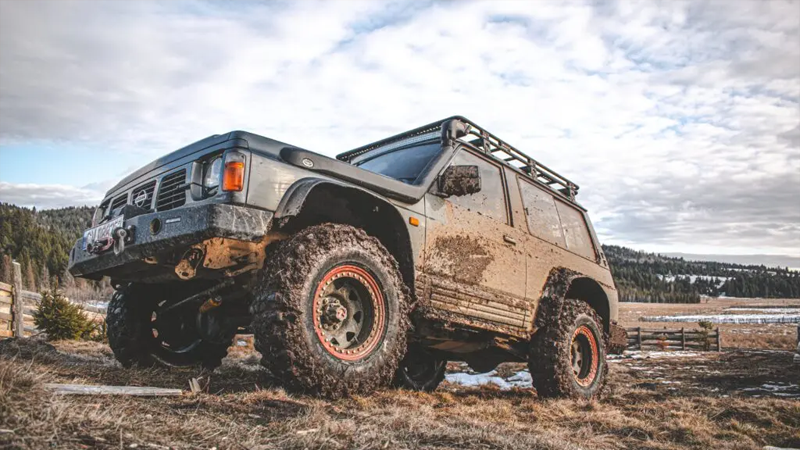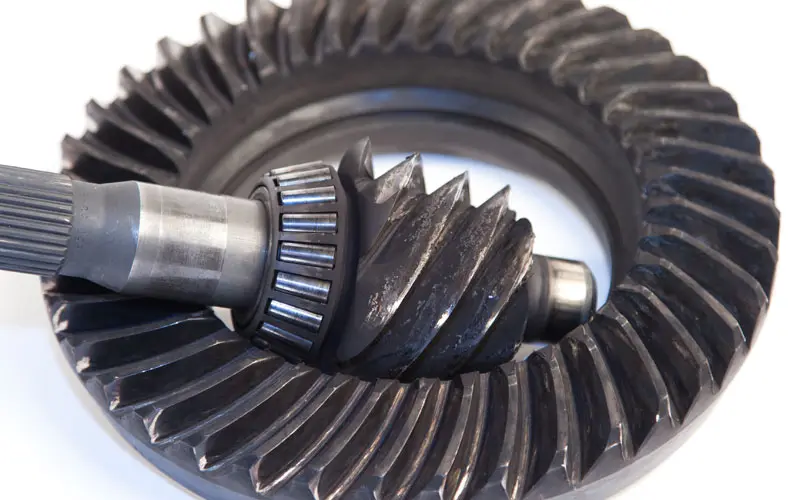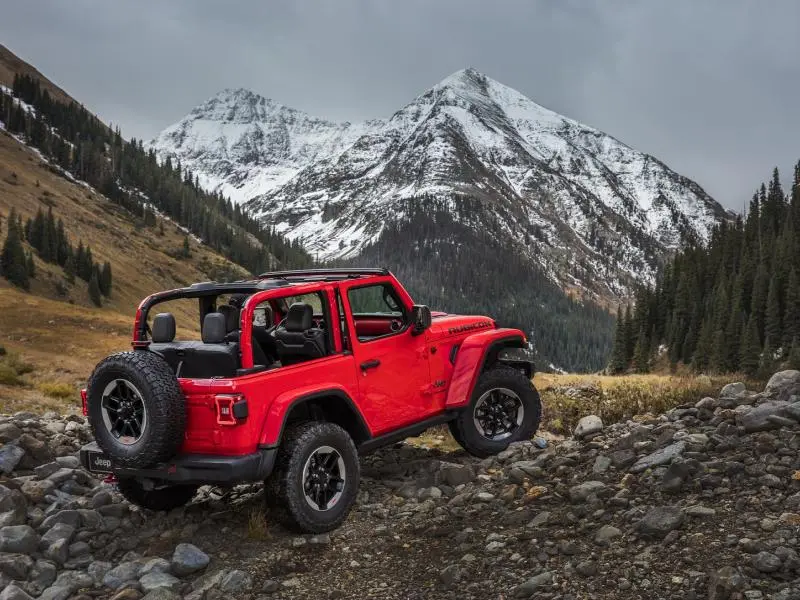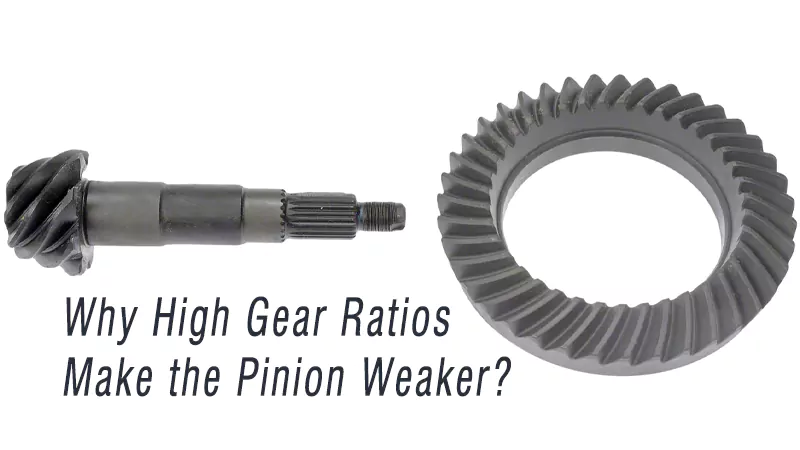
When you leave the pavement behind, your vehicle becomes more than just a way to get from point A to point B — it becomes your lifeline. Whether you’re tackling steep rock faces, fording streams, or navigating through deep sand or mud, having the right off-road safety features isn’t just about performance — it’s about survival and confidence.
In this comprehensive guide, we’ll walk you through the must-have safety features for off-road vehicles.
1. Locking Differentials
Locking differentials, also known as diff locks, are essential for any serious off-road vehicle. While a standard open differential sends torque to the wheel with the least resistance (often the one that’s slipping), a locking differential forces both wheels on an axle to rotate at the same speed. This ensures that even if one wheel is off the ground or on loose terrain, the other can still propel the vehicle forward.
Types of Locking Differentials
- Manual Lockers (Air, Cable, or Electronic Actuated): Activated by the driver as needed.
- Automatic Lockers: Engage automatically when a wheel loses traction.
- Selectable Elec Lockers: Offer driver control and automatic disengagement on-road.
Many off-roaders opt for rear lockers as a starting point, but dual (front and rear) lockers offer superior performance in technical trails.
2. Low-Range Transfer Case
A low-range transfer case multiplies torque at low speeds, allowing your vehicle to crawl over rocks or steep inclines while maintaining maximum control. It’s crucial for safe maneuvering on challenging terrain where finesse matters more than speed.
3. Skid Plates
Your undercarriage houses vital components like the oil pan, transmission, and differentials. Skid plates, often made from steel or aluminum, protect these parts from rocks, logs, and unexpected impacts that could otherwise leave you stranded.
4. Tow Hooks & Recovery Points
Properly mounted recovery points (not the factory tie-down hooks) are critical for safe winching or towing. These should be frame-mounted and rated to withstand significant load without bending or breaking.
Always carry a recovery kit with a kinetic rope, shackles, and gloves. Safe recovery prevents injuries and vehicle damage.
5. Electronic Stability Control (ESC) & Traction Control
While traction control reduces wheelspin, ESC adjusts engine power and applies brakes selectively to help the driver maintain control in slippery conditions or sudden directional changes. On loose terrain, these systems improve steering precision and stability — especially during downhill turns, water crossings, or rapid terrain transitions.
6. Hill Descent Control & Hill Start Assist
- Hill Descent Control (HDC): Maintains a steady, controlled speed during steep descents without constant braking.
- Hill Start Assist (HSA): Prevents the vehicle from rolling backward when starting on an incline.
These features provide better control for beginners and experienced off-roaders alike, especially on unpredictable terrain.
7. Off-Road Specific ABS & Tire Pressure Monitoring System (TPMS)
- Off-Road ABS: Prevents wheels from locking on gravel or sand while still allowing steerability.
- TPMS: Alerts drivers of dangerous tire pressure drops. This is crucial when airing down tires for better traction and avoiding blowouts.
Lowering tire pressure increases the tire’s contact patch and flexibility — but always reinflate before highway use.
8. Roll Cage or Reinforced Cabin Structure
In serious off-roading or trail competitions, roll cages provide structural reinforcement that protects occupants during rollovers or extreme impacts. For daily trail use, vehicles with reinforced A-, B-, and C-pillars offer enhanced safety without needing a full cage.
9. Reverse Camera & Parking Sensors
While often associated with urban driving, a reverse camera is incredibly useful off-road — especially when navigating tight forest trails, reversing down slopes, or spotting large rocks behind you.
10. Advanced Driver-Assistance Systems (ADAS)
Though not traditionally part of the off-road toolset, modern vehicles offer valuable systems like:
- Blind Spot Monitoring
- Forward Collision Warning
- Lane Departure Alert
- Adaptive Cruise Control
These features increase safety during transit stages — especially when off-road travel includes long highway or rural routes.
Recovery Tools & Onboard Safety Equipment
- Electric Winch
- High-lift Jack
- Fire Extinguisher
- First Aid Kit
- Air Compressor
- GPS / Off-Road Navigation
Always be prepared for the unexpected, especially when exploring remote terrain where rescue may take hours or longer.
Conclusion
Whether you’re a weekend trail explorer or a full-time overlander, investing in the right safety features for your off-road vehicle isn’t optional — it’s foundational. Among all the components discussed, locking differentials stand out as a critical upgrade for both traction and safety, especially in unpredictable or technical terrain.
By equipping your 4×4 with locking diffs, proper skid plates, recovery gear, electronic safety systems, and terrain-specific aids, you’re not just preparing your rig — you’re building confidence for every off-road adventure ahead.



